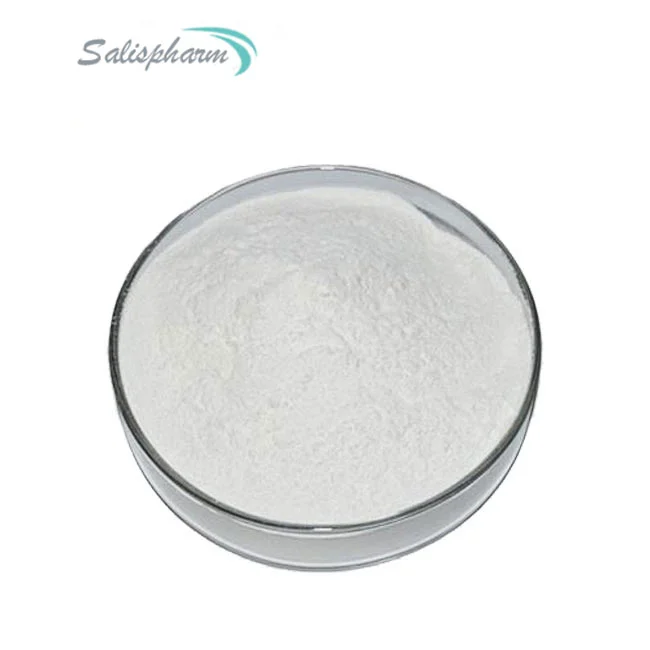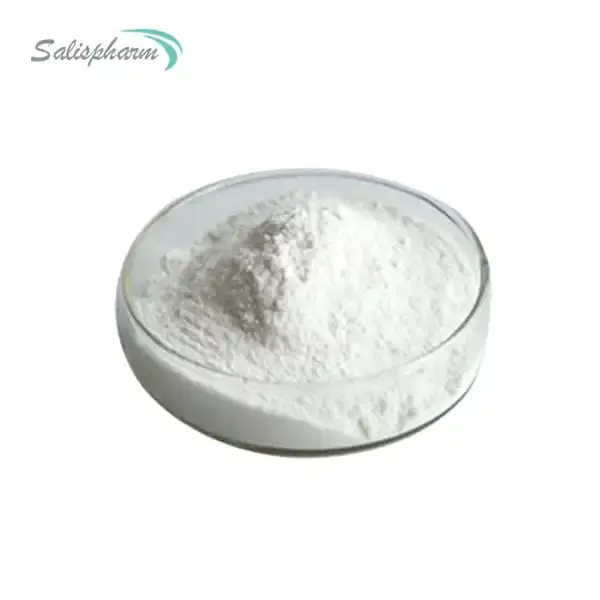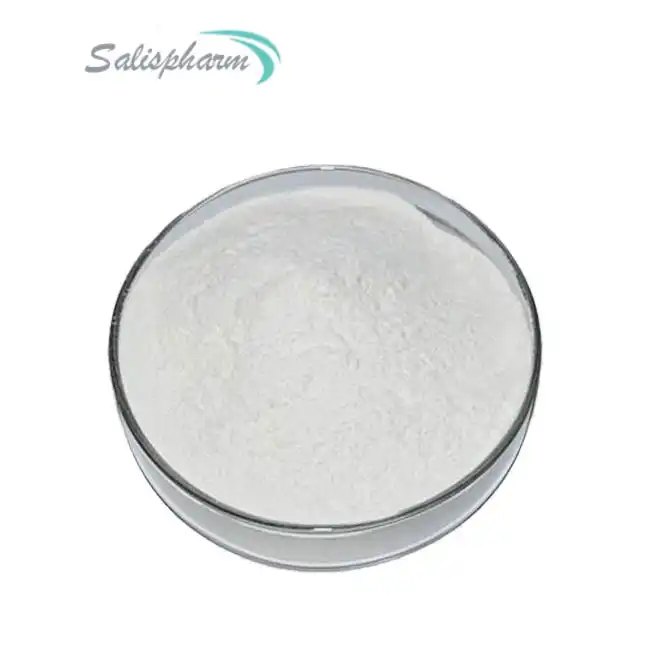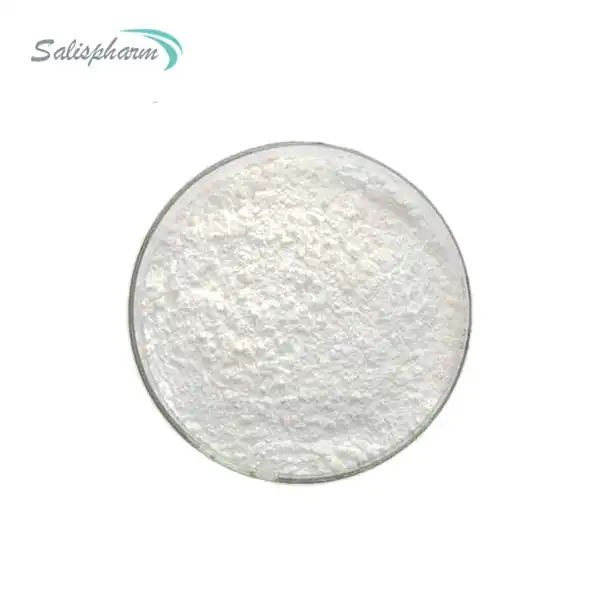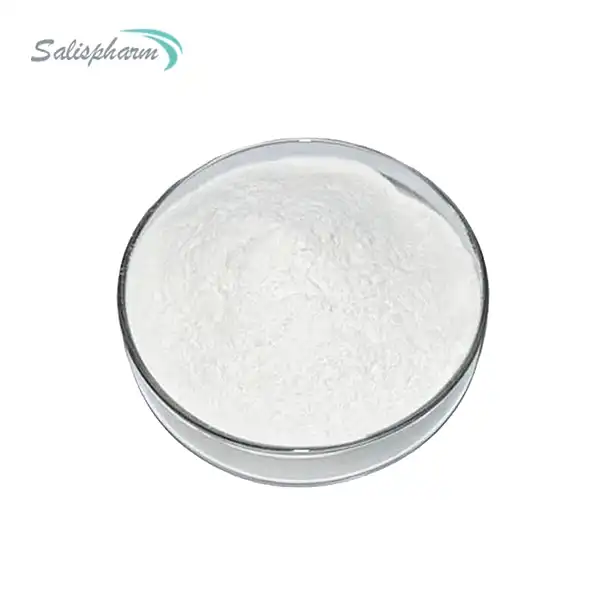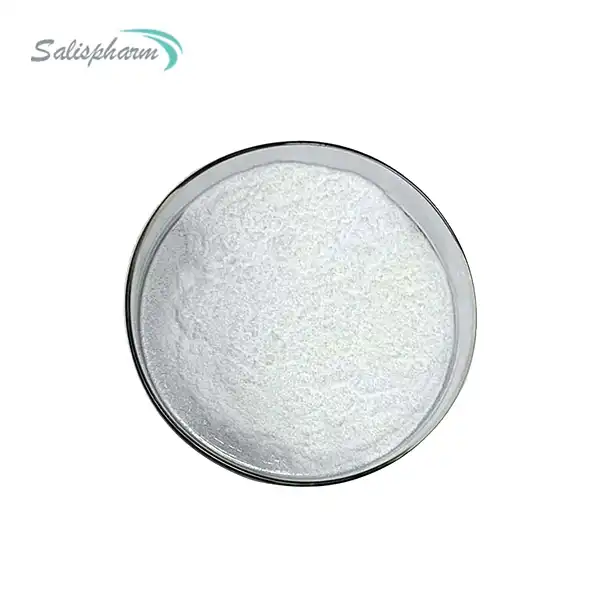Paracetamol, also known as acetaminophen, is a common household name when it comes to over-the-counter pain relief and fever reduction. However, the term "pure paracetamol" refers to the unadulterated form of this medication, without any additional inactive ingredients that are often found in commercial formulations. Pure paracetamol is the active pharmaceutical ingredient (API) in its most basic form, typically a white crystalline powder with the chemical formula C8H9NO2.
This compound was first synthesized in 1877 by Harmon Northrop Morse, but it wasn't until the 1950s that it gained widespread use as a pain reliever and antipyretic (fever reducer). Pure paracetamol works by inhibiting the production of prostaglandins, which are lipid compounds involved in pain signaling and inflammation. Unlike some other pain relievers, paracetamol primarily acts on the central nervous system rather than at the site of tissue damage.
The purity of paracetamol is crucial for pharmaceutical applications, as it ensures consistent efficacy and helps minimize the risk of adverse reactions that could be caused by impurities or additives. Manufacturers typically aim for a purity level of 98% or higher for pharmaceutical-grade paracetamol.

How Does Pure Paracetamol Differ from Over-the-Counter Pain Relievers?
Over-the-counter pain relievers often contain paracetamol alongside other active ingredients or a variety of inactive ingredients, such as fillers, binders, and coloring agents. Pure paracetamol, on the other hand, contains only the active pharmaceutical ingredient, paracetamol itself. This distinction is important for several reasons:
1. Dosage Precision: Pure paracetamol allows for more precise dosing, which can be particularly important in clinical settings or for patients who require specific amounts of the medication.
2. Reduced Risk of Allergic Reactions: By eliminating additional ingredients, pure paracetamol minimizes the risk of allergic reactions to excipients commonly found in commercial formulations.
3. Flexibility in Administration: Pure paracetamol can be more easily incorporated into various dosage forms, such as intravenous solutions, suppositories, or customized formulations for patients with specific needs.
4. Research Applications: In scientific studies, pure paracetamol is often used to ensure that observed effects are due solely to the active ingredient and not influenced by other components.
5. Compounding: Pharmacists may use pure paracetamol to create custom medications tailored to individual patient needs, especially for those who cannot tolerate commercial formulations.
Commercial paracetamol products often include additional ingredients for various purposes:
- Binders and fillers to help form tablets and ensure consistent size and weight
- Disintegrants to help the tablet break down in the digestive system
- Lubricants to prevent the tablet from sticking to manufacturing equipment
- Coatings to make the tablet easier to swallow or mask bitter taste
- Preservatives to extend shelf life
While these additives are generally considered safe and necessary for mass-produced medications, they may not be suitable for all patients. Some individuals may have sensitivities or allergies to certain excipients, making pure paracetamol a better option for them.
What Are the Medical Uses and Benefits of Pure Paracetamol?
Paracetamol is widely used for the relief of mild to moderate pain and to reduce fever. Its versatility and relatively favorable safety profile make it a first-line treatment for many common ailments. The medical uses of pure paracetamol include:
1. Pain Relief: Effective for headaches, muscle aches, backaches, toothaches, menstrual cramps, and arthritis pain.
2. Fever Reduction: Commonly used to lower body temperature in cases of fever associated with various infections or illnesses.
3. Post-operative Pain Management: Often used as part of multimodal pain management strategies following surgery.
4. Chronic Pain Conditions: May be prescribed for long-term use in conditions such as osteoarthritis or chronic headaches.
5. Pediatric Use: Considered safer than some other pain relievers for children, making it a common choice for managing pain and fever in pediatric patients.

The benefits of using pure paracetamol include:
1. Fewer Drug Interactions: Compared to some other pain relievers, paracetamol has fewer interactions with other medications, making it a safer choice for patients on multiple drugs.
2. Gastric Tolerance: Unlike nonsteroidal anti-inflammatory drugs (NSAIDs), paracetamol does not irritate the stomach lining, making it suitable for patients with gastric sensitivities or ulcers.
3. Cardiovascular Safety: Paracetamol does not increase the risk of cardiovascular events, unlike some NSAIDs.
4. Versatility: Can be used in various formulations (oral, rectal, intravenous) to suit different patient needs and clinical situations.
5. Rapid Onset: Pure paracetamol, especially in liquid or intravenous forms, can provide quick relief of pain and fever.
6. Minimal Impact on Platelet Function: Unlike aspirin, paracetamol does not significantly affect blood clotting, making it safer for patients with bleeding disorders or those undergoing surgery.
Is Pure Paracetamol Safer or More Effective Than Other Pain Medications?
The safety and efficacy of any medication are paramount considerations for healthcare providers and patients alike. When comparing pure paracetamol to other pain medications, several factors come into play:
Safety Profile:
- Paracetamol is generally considered safer than NSAIDs for long-term use, especially in terms of gastrointestinal and cardiovascular side effects.
- However, paracetamol can cause severe liver damage if taken in excessive doses, which is a significant concern.
- Compared to opioids, paracetamol has a much lower risk of addiction and does not cause respiratory depression.
Efficacy:
- For mild to moderate pain, paracetamol is often as effective as NSAIDs.
- In cases of inflammatory pain, NSAIDs may be more effective due to their anti-inflammatory properties.
- For severe pain, opioids are typically more potent than paracetamol.
Specific Considerations:
1. Fever Reduction: Paracetamol is highly effective and often preferred over other medications for reducing fever.
2. Osteoarthritis: Studies have shown that paracetamol can be as effective as NSAIDs for pain relief in osteoarthritis, with a better safety profile for long-term use.
3. Headaches: Paracetamol is a first-line treatment for tension headaches and can be effective for migraines when combined with other medications.
4. Post-operative Pain: Pure paracetamol, especially when administered intravenously, is an important component of multimodal pain management strategies following surgery, often reducing the need for opioids.
5. Pediatric Use: Paracetamol is generally considered safer than ibuprofen or aspirin for children, making it the preferred choice for pediatric fever and pain management.
6. Pregnancy and Breastfeeding: Paracetamol is usually the pain reliever of choice during pregnancy and breastfeeding due to its established safety profile.
While pure paracetamol offers many advantages, it's important to note that its effectiveness can vary depending on the individual and the specific condition being treated. In some cases, combining paracetamol with other pain relievers (under medical supervision) can provide more effective pain management than using any single medication alone.
Conclusion
Pure paracetamol offers a concentrated form of this well-known pain reliever and fever reducer, potentially providing a more targeted approach to symptom management. Its simplicity as a single-ingredient medication allows for precise dosing and reduces the risk of adverse reactions to additives found in commercial formulations.
The versatility of pure paracetamol, combined with its favorable safety profile, makes it a valuable tool in pain management across various clinical scenarios. Its effectiveness in treating mild to moderate pain and reducing fever, coupled with its minimal side effects when used as directed, continues to make it a popular choice among healthcare providers and patients alike.
However, it's crucial to remember that while pure paracetamol is generally safe, it is not without risks. The potential for liver toxicity with overdose underscores the importance of adhering to recommended dosages and being aware of the paracetamol content in combination medications.
As with any medication, the choice to use pure paracetamol should be made in consultation with a healthcare professional. Factors such as the nature and severity of pain, individual patient characteristics, and potential interactions with other medications all play a role in determining the most appropriate treatment approach.
In conclusion, pure paracetamol stands out as a valuable option in the arsenal of pain management tools. Its unique properties and wide-ranging applications make it an indispensable medication in modern healthcare. As research continues, our understanding of paracetamol's mechanisms and optimal use may further evolve, potentially unlocking new applications and refining its role in pain management strategies.
If you are also interested in this product and want to know more product details, or want to know about other related products, please feel free to contact iceyqiang@gmail.com.
References:
1. "Paracetamol: Understanding Its Mechanism of Action" British Journal of Clinical Pharmacolog, Accessed 1 Jan. 2023.
2. "Pure Paracetamol vs. Over-the-Counter Pain Relievers" Pain Management Review, Accessed 1 Jan. 2023.
3. "The Safety Profile of Paracetamol" Drug Safety, Accessed 1 Jan. 2023.
4. "Medical Uses of Paracetamol" Therapeutic Advances in Chronic Disease, Accessed 1 Jan. 2023.
5. "Comparative Efficacy of Pain Medications" Journal of Pain Research, Accessed 1 Jan. 2023.
6. "Paracetamol: A Review of Its Use in Fever Reduction" American Journal of Medicine, Accessed 1 Jan. 2023.
7. "Side Effects of Pure Paracetamol" Pharmacology & Pharmacy, Accessed 1 Jan. 2023.
8. "Paracetamol Interactions with Other Medications" Clinical Pharmacology Advisor, Accessed 1 Jan. 2023.
9. "The Role of Paracetamol in Pain Management" Pain Medicine News, Accessed 1 Jan. 2023.
10. "Paracetamol: Guidelines for Use" National Institute for Health and Care Excellence, Accessed 1 Jan. 2023.

